Rugby Taping Techniques
Rugby always has the potential to be a very dangerous sport, anybody that has ever played a full-contact sport knows the risks and chances of injury involved.
This doesn't stop people from playing the sport and certainly doesn't stop injuries from happening although being more aware of common Rugby injuries and how to treat or manage them can help to deal with injuries.
There are however ways of avoiding injuries or preparing the body properly through strengthening exercises, education and taking precautions.
These precautions can either help to avoid the injury altogether or reduce how severe it is so they involve things like protective gear which in the case of Rugby is stuff like scrum caps.
Another way to protect the body is using Taping and Strapping along with the right taping techniques which will provide the joint, limb, tendon or ligament with that extra bit of strength needed that can turn a disaster of an injury into something a lot milder.
Taping techniques can also help to nurse and manage existing injuries, especially kinesiology taping techniques which help with pain relief.
Properly addressing injuries when they happen is also important for injury management, if you're interested in learning more about this then we have an informative guide on Premiership Rugby Pitch Side First Aid that even includes a video from the Cardiff Blues' physio.
We teamed up with Bristol Bears and Saracens to provide you with educational videos on the best ways to use sports tape and strapping. These taping techniques use our range of Tiger Tapes
Taping Technique for Thumb Support
The first video we'll have a look at is about strapping the thumb to give it extra support.
There are loads of thumb bending injuries that you're better off avoiding if you don't want a dislocated joint or fractured thumb.
Notice how Adam starts off by anchoring the strapping to the wrist first, this is very important because it helps stabilise the thumb and gives extra support without affecting mobility too much.
Taping Technique for Knee, MCL and joint support
The knee is one of the most vulnerable parts of the body when it comes to sports injuries.
ACL and MCL injuries are pretty common in Rugby so taping the knee to provide extra support can help reduce the chance of injury.
Adam uses normal EAB strapping but also uses Tiger Tan to help provide the ligament with sturdy taping for additional support.
Shoulder Strapping Taping Technique for Rugby
Shoulder injuries in rugby are caused by tackling more than being tackled, scrums can also put a lot of strain on the shoulder as well.
Ample support is needed to prevent serious injuries like dislocations but it can also help reduce some damage done by overuse.
Rugby Lineout Taping Technique
Although this taping technique isn't really for preventing injuries or injury management in any way, lineout strapping is still important to know whether you're a sports medicine professional or an athlete
Wrist Sprain Taping Technique
Wrist Sprains are another common injury in Rugby so strapping can help to provide additional support that doesn't restrict the range of motion of the wrist too much.
Like the thumb taping technique, the wrist is used as an anchor for the strapping. Remember to keep the wrist in a neutral position for the best support
Elbow Hyperextension and Support
This elbow strapping aims to help avoid elbow hyperextension, another relatively common injury in Rugby.
The arm is used as the anchor and as mentioned in the video this can help medial ligament injuries as well which could include things like thrower's elbow and tennis elbow.
Mild Ligament Sprain Taping Technique
We've already discussed how common ACL and MCL injuries can be in Rugby and sports in general but this taping technique is for mild LCL sprains, a rarer knee ligament injury but still a fairly common injury in sports.
As mentioned in the video, there are numerous ways you can strap the leg for this type of injury but this taping technique can be more comfortable because the ankle is taped as well.
Ankle Taping Technique
This is a basic ankle strapping taping technique so it helps to avoid ankle roll and mild sprains and strains.
It can also provide additional support to the ankles which helps reduce the chance of overuse injuries.
There is quite a lot of tape used in the taping technique so that the ankle is properly wrapped
Shoulder Taping Technique
AC Joint injuries are another fairly common injury in Rugby and for sports that involve heavy use of the shoulder.
This taping technique is quite different from the one we've already covered but there are so many different types of techniques for different purposes
It's always important to understand what the taping technique is for and which injuries it helps to manage or prevent.
As mentioned in this video, this shoulder strapping technique restricts external rotation and horizontal extension.
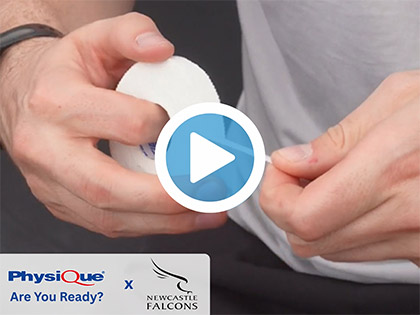
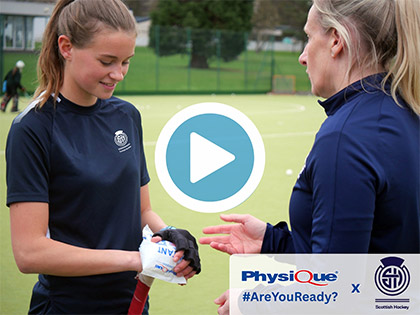
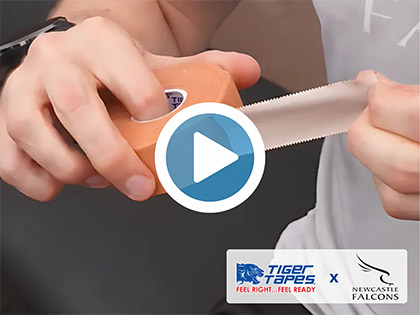
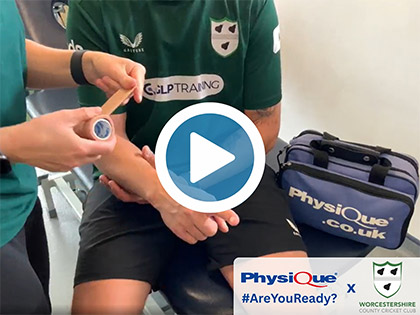
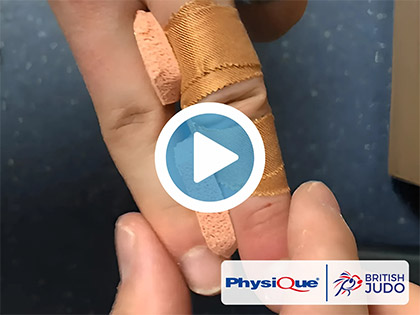
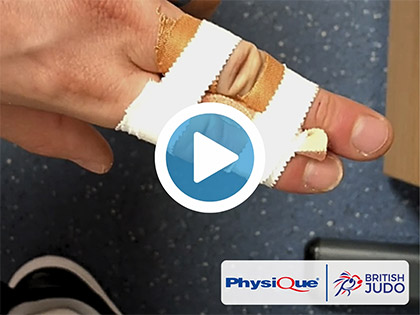
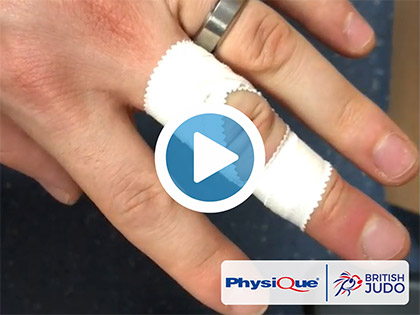
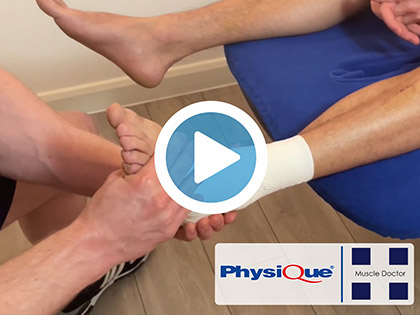
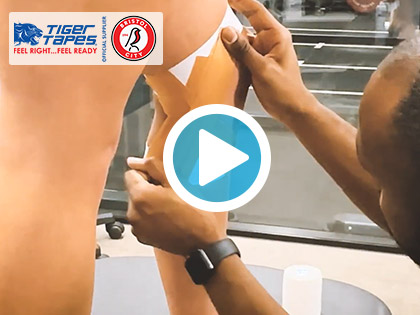
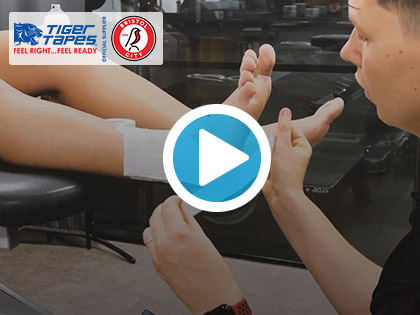
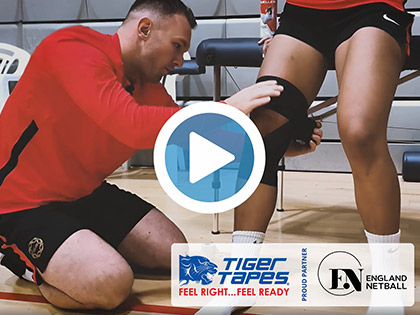
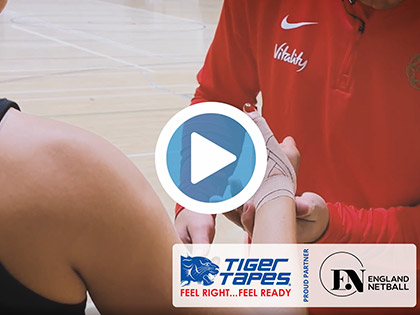
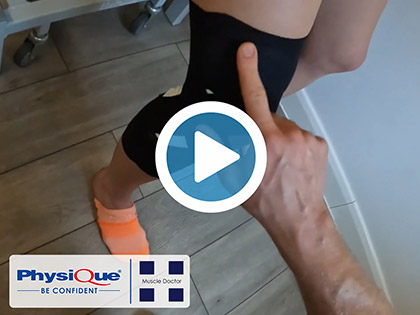
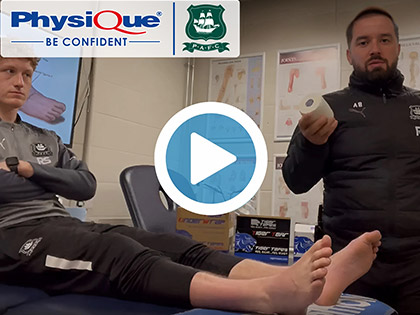
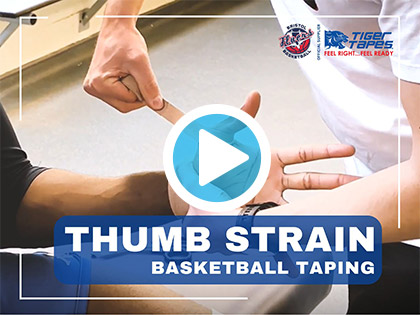
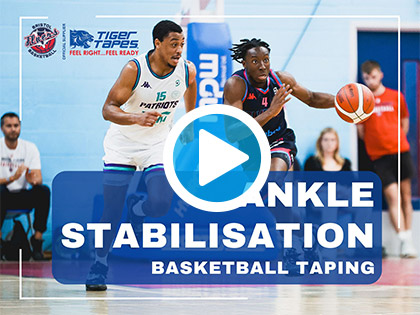
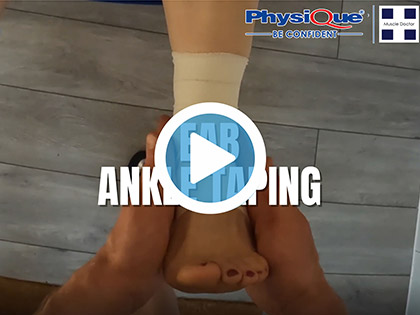
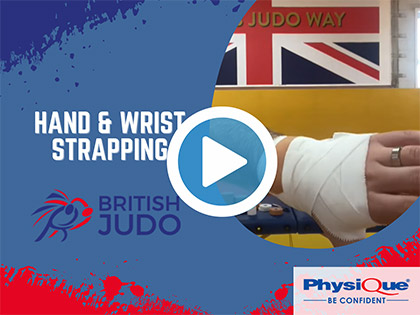

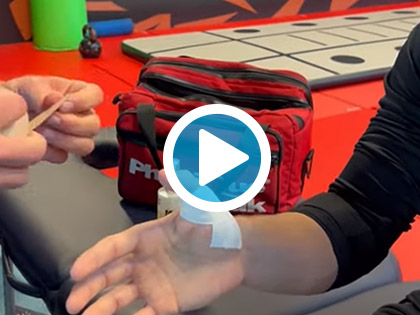
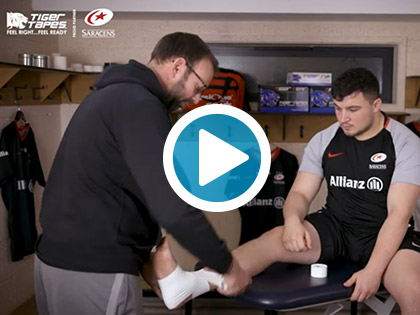
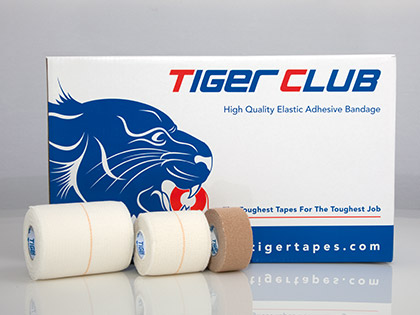
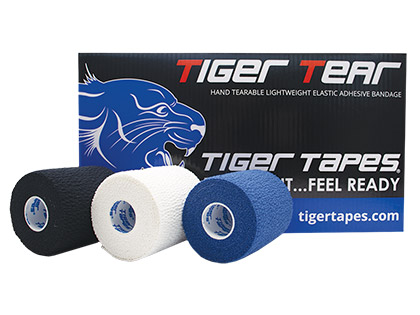
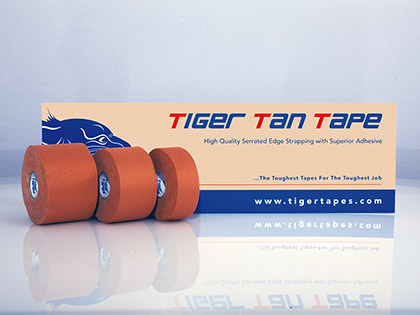
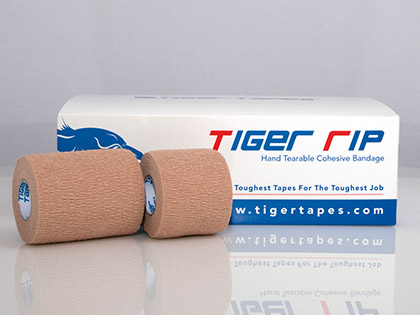
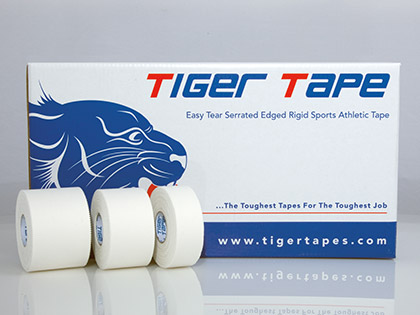
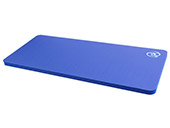

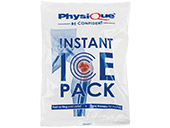
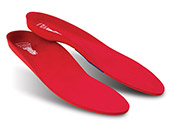
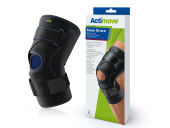
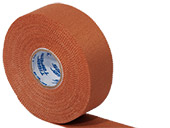
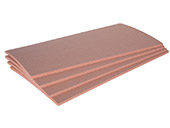
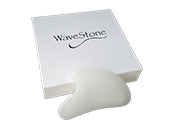
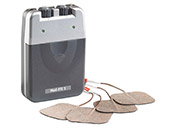

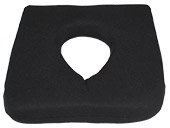
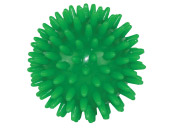
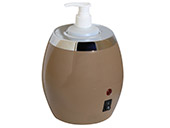


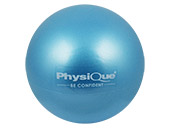
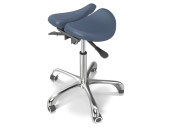
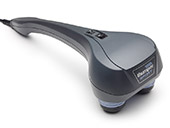
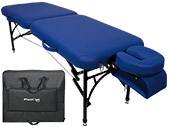
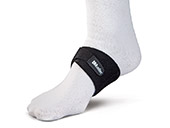

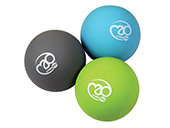
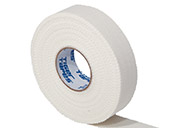
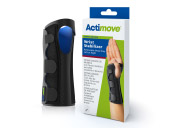
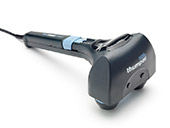
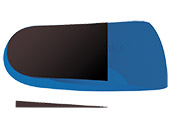
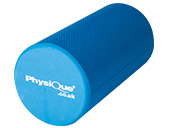
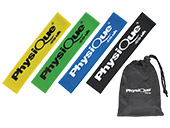
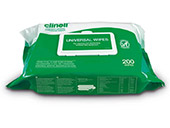
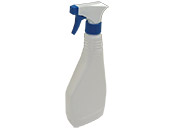
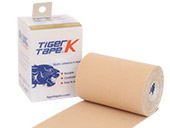
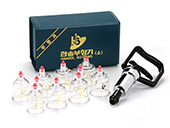
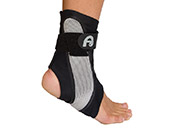
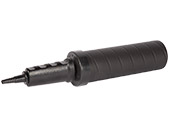

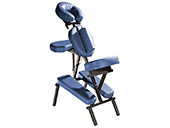
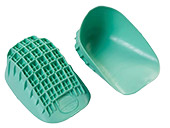

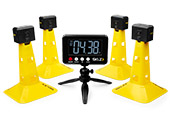
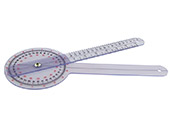
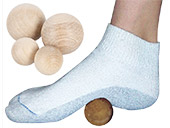

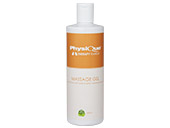
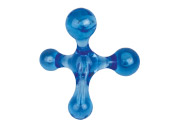
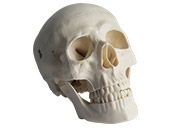
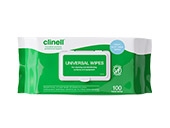
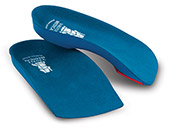
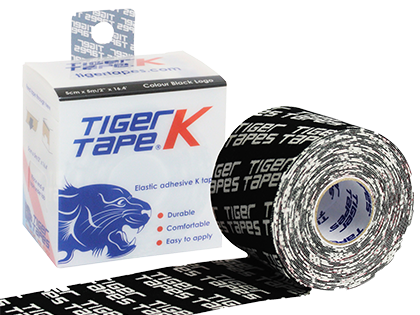
Did you find this article useful?
Why not share this with a colleague, patient or friend?